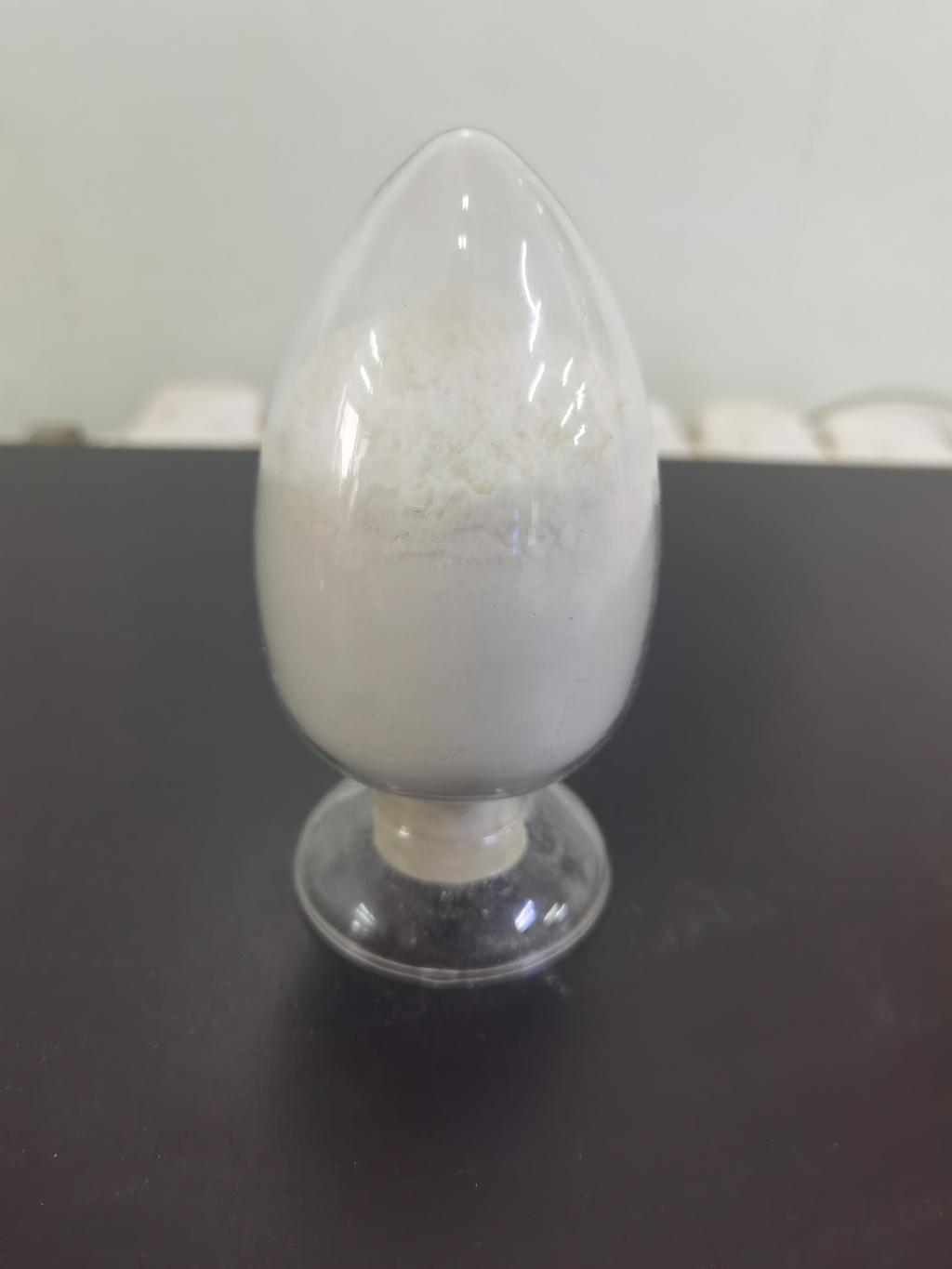Tel:+8618231198596

News
 CONTACT
CONTACT
 CONTACT
CONTACT
- Linkman:Linda Yao
- Tel: +8618231198596
- Email:linda.yao@dcpharma.cn
- Linkman:CHARLES.WANG
- Department:Overseas
- Tel: 0086 0311-85537378 0086 0311-85539701
News
Current Position:
Home >
News
>Unlocking the Potential of ε-Polylysine Hydrochloride in Nanomedicine.
Unlocking the Potential of ε-Polylysine Hydrochloride in Nanomedicine.
TIME:2024-05-28
Understanding ε-Polylysine Hydrochloride
ε-Polylysine hydrochloride is a cationic polypeptide composed of multiple lysine residues linked by peptide bonds. It is produced by certain bacteria and exhibits broad-spectrum antimicrobial activity. In addition to its antimicrobial properties, ε-Polylysine hydrochloride possesses biocompatibility, biodegradability, and low cytotoxicity, making it an attractive candidate for biomedical applications.
Drug Delivery Systems
Nanoparticle Formulations: ε-Polylysine hydrochloride can be used to fabricate nanoparticles for drug delivery applications. Its cationic nature facilitates the encapsulation and controlled release of therapeutic agents, such as drugs, nucleic acids, and imaging contrast agents.
Targeted Delivery: Functionalization of ε-Polylysine hydrochloride nanoparticles with targeting ligands enables site-specific delivery of drugs to diseased tissues or cells. This enhances therapeutic efficacy while minimizing off-target effects and systemic toxicity.
Imaging Contrast Agents
MRI Contrast Enhancement: ε-Polylysine hydrochloride-coated nanoparticles can serve as MRI contrast agents for imaging applications. Their ability to accumulate at the target site and interact with water molecules results in enhanced signal intensity and improved spatial resolution in magnetic resonance imaging.
Fluorescent Probes: Conjugation of ε-Polylysine hydrochloride with fluorescent dyes enables the development of fluorescent probes for optical imaging techniques, such as fluorescence microscopy and in vivo imaging. These probes facilitate visualization of biological processes and disease pathology with high sensitivity and specificity.
Therapeutic Applications
Antimicrobial Therapy: ε-Polylysine hydrochloride exhibits potent antimicrobial activity against bacteria, fungi, and viruses. Incorporation of ε-Polylysine hydrochloride into nanomedicine platforms enables the development of antimicrobial therapies for the treatment of infectious diseases, including multidrug-resistant infections.
Cancer Therapy: ε-Polylysine hydrochloride-based nanoparticles can deliver anticancer drugs or nucleic acid-based therapeutics specifically to tumor cells, enhancing therapeutic efficacy and reducing systemic side effects. Additionally, ε-Polylysine hydrochloride itself has shown potential as a therapeutic agent against cancer cells through mechanisms such as apoptosis induction and cell cycle arrest.
Regulatory Considerations
The use of ε-Polylysine hydrochloride in nanomedicine is subject to regulatory oversight by agencies such as the FDA and EMA. Compliance with regulations regarding safety, efficacy, and quality control is essential for the development and commercialization of ε-Polylysine hydrochloride-based nanomedicine products.
Future Perspectives
Continued research into the optimization of ε-Polylysine hydrochloride-based nanomedicine platforms, including formulation design, surface functionalization, and targeted delivery strategies, will advance their clinical translation. Collaborations between academia, industry, and regulatory agencies are essential for overcoming challenges and accelerating the adoption of ε-Polylysine hydrochloride in clinical practice.
Conclusion
ε-Polylysine hydrochloride holds immense potential in nanomedicine, offering versatile solutions for drug delivery, imaging, and therapeutics. Its unique properties, including antimicrobial activity, biocompatibility, and low cytotoxicity, make it an attractive candidate for addressing unmet needs in healthcare. By harnessing the capabilities of ε-Polylysine hydrochloride, researchers and clinicians can develop innovative nanomedicine solutions that improve patient outcomes and advance the field of medicine.
- Tel:+8618231198596
- Whatsapp:18231198596
- Chat With Skype







